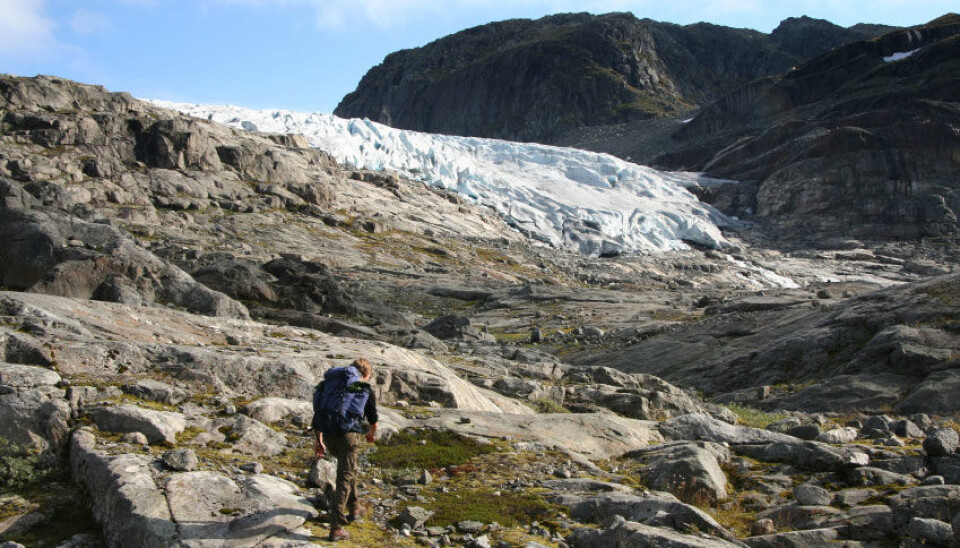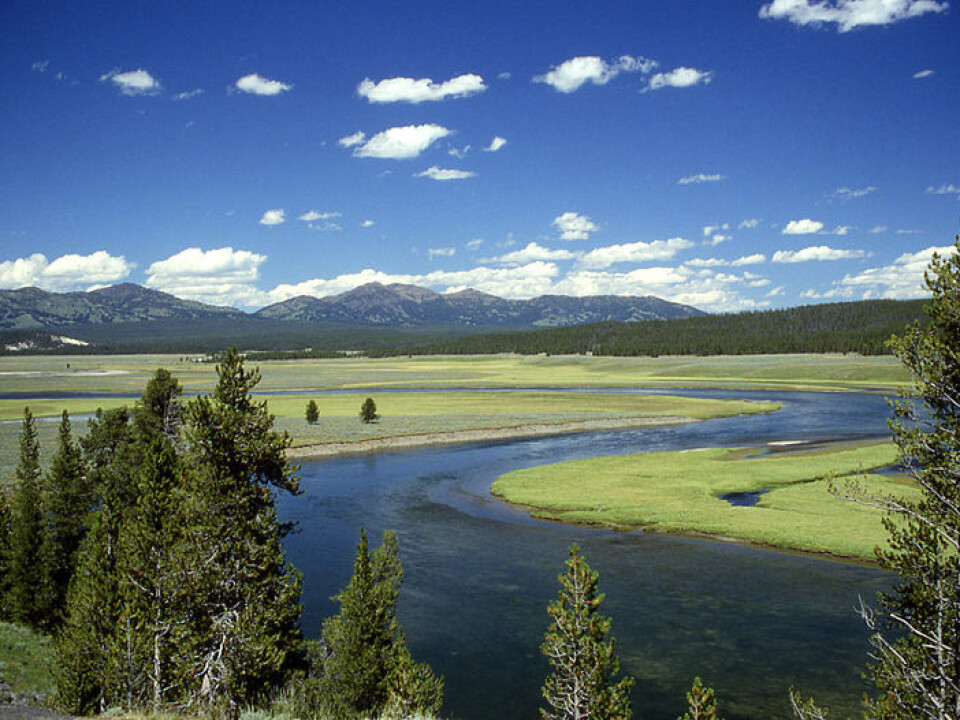
Use nature while protecting it
Local businesses would like to make the wilderness more accessible to tourists, whereas conservationists are focused on protecting it pristinely. Norwegian researchers think you can have both.
Denne artikkelen er over ti år gammel og kan inneholde utdatert informasjon.
The number of active farms and livestock populations has been decreasing year by year for decades in Norway’s extensive countryside. But many rural people are trying to hold on, often by finding new sources of income.
Local initiatives are popping up like toadstools after a cloudburst:
Sheep farmers might toss in the towel to predators and impossible profit margins and start as guides on bear-spotting safaris; in the mountain areas residents expand a fine network of ski slopes and cross-country trails. Other rural denizens offer adventures like rafting, climbing and bouldering, horse riding or various combinations in wilderness packages. The only limits are set by imagination and local geography.
Stian Stensland and Jan Vidar Haukeland work at the Department of Ecology and Natural Resource Management at the Norwegian University of Life Sciences (UMB), where they are responsible for Master Degree programmes – and conduct research – on tourism linked to nature and the outdoors.

Norway is ideal for such enterprises. But local wishes for tourism and adaptations to make the outdoors more attractive and accessible are often on a collision course with conservation plans. The researchers conclude that the time has come for us to readjust our thinking:
"Norway has so many national parks and they occupy a whole lot of territory in rural municipalities," says Haukeland. "We should start considering how to utilise these areas. It’s possible to think of use and conservation instead of use or conservation."
Plenty of protection
Indeed, quite a lot of Norway has been protected in the past 50 years – 17 percent of the mainland now has national park status. In the municipality of Skjåk, in the eastern part of the country, the share is a whopping 79 percent.
Norway’s nature protection tradition is highly restrictive, explain the researchers:
“When the conservation wave swept over us during the 1960s and ‘70s we were really inspired by ecological thinking. The idea was to preserve whatever unspoiled nature we had left,” says Haukeland.
“But now, one or two generations later, some of these protection goals appear antiquated and museum-like for many who are engaged in developing tourism in these regions.”
Conflict between local use and central protection
Stensland says that outlying municipalities, which are trying to deter the exodus of their young and struggling with diminishing employment in agriculture and forestry, are eager to find new ways of exploiting their local resources.
“The adventure businesses and the tourist trade can be vital for these regions. Many see opportunities knocking, because Norway has outstanding conditions for nature-based tourism, with fjords and mountains and everything between,” he explains.
According to him, the local pressure to make way for business developments often becomes a strident issue, because public officials are generally restrictive.
Conservation laws can prohibit road construction or the establishment of a café or the like. Local business people feel they are being steamrolled and left behind because of centrally regulated nature preservation.
Look to the US
Haukeland and Stensland think complete preservation, 'freezing' areas in the condition they were in when a national park was established – including any cabins or structures that happened to be on the land at the time – is not the only way approach to nature conservation.
They recommend an American approach:
“Outside Norway we see protected areas being used in a controlled way and such use actually bolsters support for conservation. Once people visit an area they start to care about it,” says Haukeland.
Federal authorities in the US have been concerned about nature protection, for its own sake, but have also wanted to provide the public with opportunities for experiencing natural splendour.
“They figure that high numbers of visitors are linked to the general public’s understanding of how precious these areas are,” says Haukeland. "They don’t necessarily see a contradiction between protection and actively making such lands accessible to tourists. This is quite contrary to the tradition here in Norway."
Niche opportunities for wilderness lovers
Anyone who has visited North American national parks knows they provide a different experience than the Norwegian mountains. Roads go all the way to the prime vista spots, signs posted along trails inform about local history and you might find stairs on the steepest slopes up to a mountain peak.
For Norwegians who prefer not to even see other people on their hikes, nature preservation including such elements might seem less like heaven and more like hell.
Haukeland explains that some of the national parks in the US and Canada are colossal. You generally have park entrances with visitor centres where you can drive in and get suggestions for excursions and trips, and you can be sure of experiencing some of the highlights. Probably about 90 percent of the visitors choose this option – they don’t stray too far away from their cars.
So it appears rather touristy but there are also lots of restrictions. For instance you can’t take a dog with you in many locations or you have to stick to trails.
“A lot of preparations are made within a zone of intensive use. This channelling can give other areas in the same park a completely different character. The other ten percent of the tourists can go to these and set up their tents beneath a full moon and listen to the howl of the wolves.”
Sharing the good life
“We are trying to get this use-and-protect notion incorporated in the concept of sustainability for nature-based tourism. Utilisation must safeguard biodiversity while also ensuring economic, social and cultural values,” says Haukeland.
The combination of use and protection can be a route to a better life for those who still choose to sustain out-of-the-way municipalities in Norway.
Stensland adds that they have looked at those currently involved with such tourism and see new types of entrepreneurs.
He’s studied how owners of property along the banks of salmon rivers, who could be earning better salaries elsewhere, choose to maintain fishing traditions.
“These are people who genuinely love fishing, or climbing or rafting or whatever. They’ve turned their hobbies into a way of making a living,” says the researcher.
“These entrepreneurs feel they are living their dreams of the good life and they want to share their love of nature with others.”
-----------------------------------------
Read this article in Norwegian at forskning.no
Translated by: Glenn Ostling






























